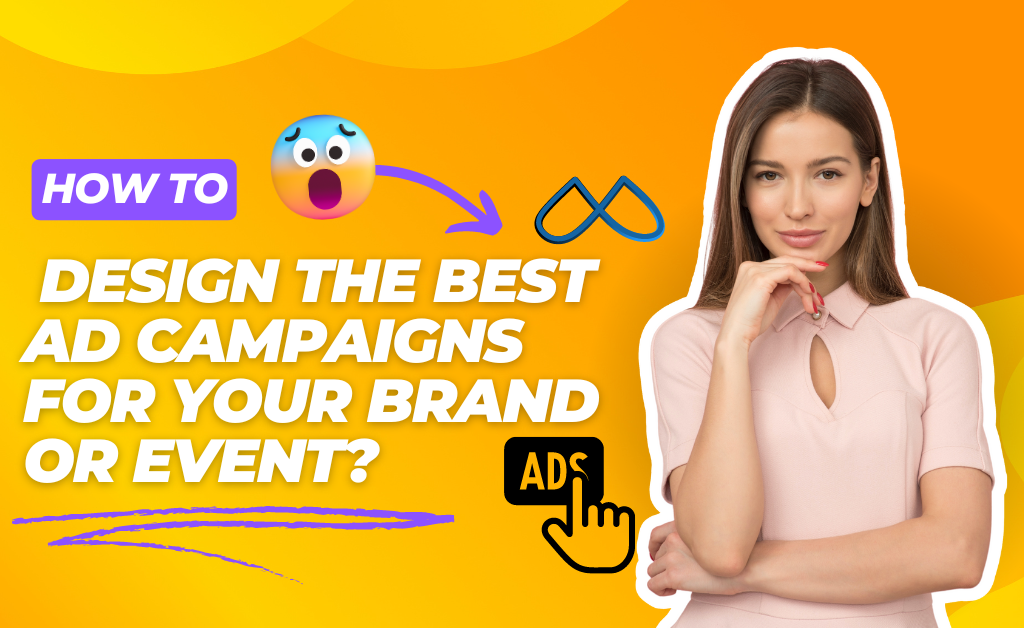
Creating effective ad campaigns requires careful planning, creativity, and a deep understanding of your target audience. Whether you’re promoting a brand, product, service, or event, a well-crafted ad campaign can significantly impact your visibility, engagement, and ultimately, your bottom line. Here’s a step-by-step guide to help you design the best ad campaigns for your needs:
1. Define Your Goals and Objectives
Clarify Your Objectives:
- Determine what you want to achieve with your ad campaign. Are you looking to increase brand awareness, drive sales, generate leads, or promote an event?
- Set specific, measurable goals (e.g., increase website traffic by 30%, achieve 10% higher sales conversions).
2. Know Your Audience
Audience Research:
- Create detailed buyer personas based on demographics, interests, behaviors, and pain points.
- Use market research, customer feedback, and analytics to understand where your audience spends time online and their preferred content types.
3. Choose the Right Platform(s)
Platform Selection:
- Select platforms based on where your target audience is most active (e.g., Facebook, Instagram, LinkedIn, Google Ads).
- Consider the nature of your campaign (e.g., visual-heavy campaigns may perform better on Instagram).
4. Craft Compelling Messaging
Message Development:
- Develop a clear and concise message that resonates with your audience’s needs and interests.
- Highlight unique selling propositions (USPs) and benefits that differentiate your brand or event.
5. Create Engaging Visuals and Content
Visual Content Creation:
- Use high-quality images, videos, and graphics that align with your brand’s visual identity.
- Ensure visuals are eye-catching, relevant, and convey your message effectively.
6. Implement Strong Calls-to-Action (CTAs)
Effective CTAs:
- Clearly instruct your audience on what action to take (e.g., “Shop Now,” “Learn More,” “Register Today”).
- Make CTAs prominent and compelling to encourage clicks and conversions.
7. Set a Realistic Budget
Budget Planning:
- Allocate your budget based on your campaign objectives and expected ROI.
- Consider costs for ad placements, content creation, and any additional resources needed.
8. Monitor and Measure Performance
Analytics and Optimization:
- Use analytics tools (e.g., Google Analytics, Facebook Insights) to track key metrics like impressions, clicks, conversions, and ROI.
- Monitor campaign performance in real-time and make data-driven adjustments to optimize results.
9. Test and Iterate
Continuous Improvement:
- Conduct A/B testing with different ad creatives, messaging, and targeting options to identify what resonates best with your audience.
- Implement learnings from each campaign iteration to refine future strategies and improve performance.
10. Evaluate and Learn
Post-Campaign Analysis:
- Evaluate the overall success of your ad campaign against your initial goals and objectives.
- Identify successes, challenges, and areas for improvement to inform future marketing efforts.
Conclusion
Designing the best ad campaigns for your brand or event requires strategic planning, creative execution, and ongoing optimization. By understanding your audience, setting clear goals, crafting compelling content, and leveraging analytics, you can create impactful campaigns that drive engagement, conversions, and brand loyalty. At Overthought Films, we specialize in helping businesses create and execute successful ad campaigns tailored to their unique needs. Contact us to discover how we can elevate your brand’s visibility and achieve your marketing objectives through effective advertising strategies
